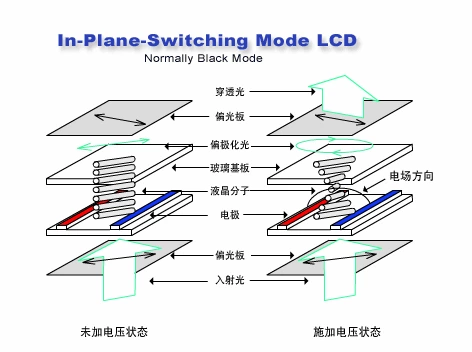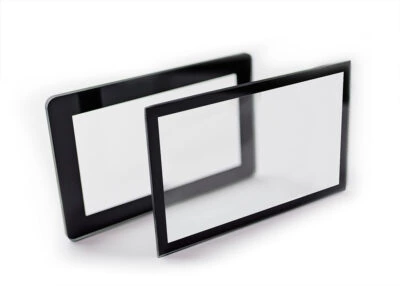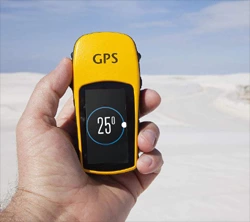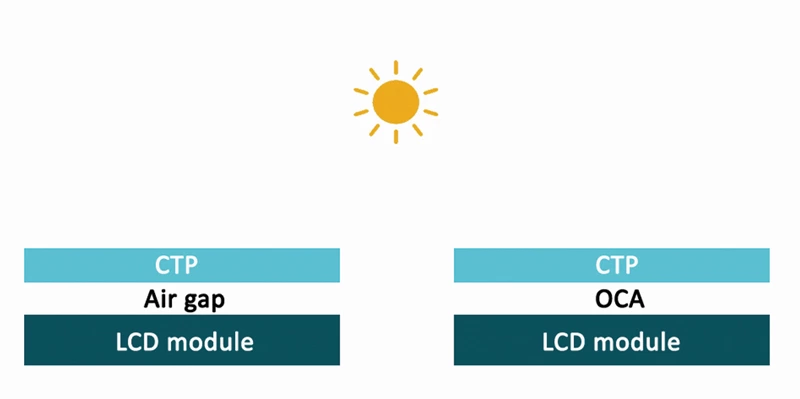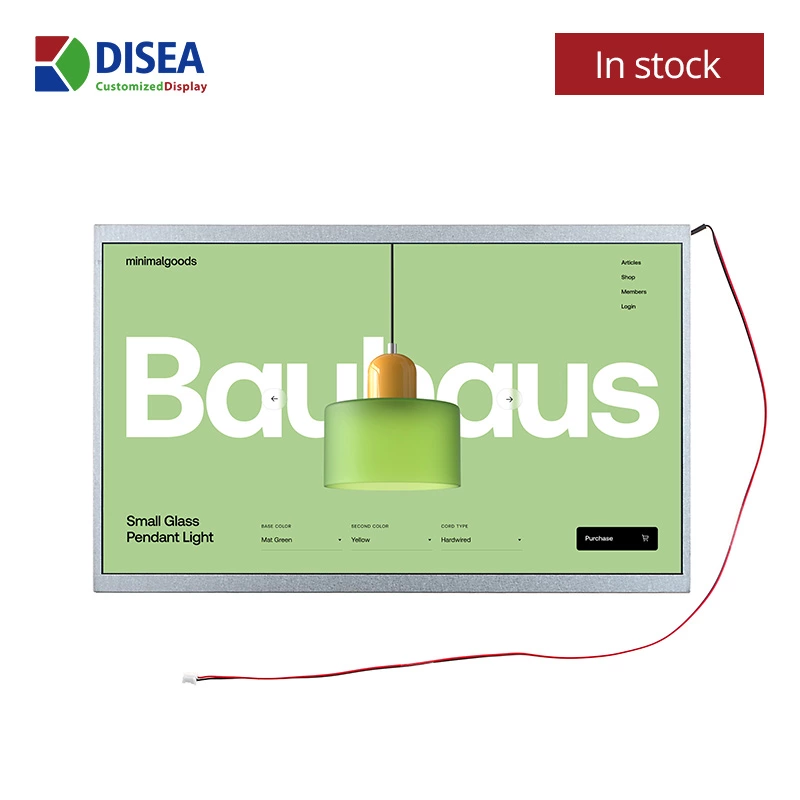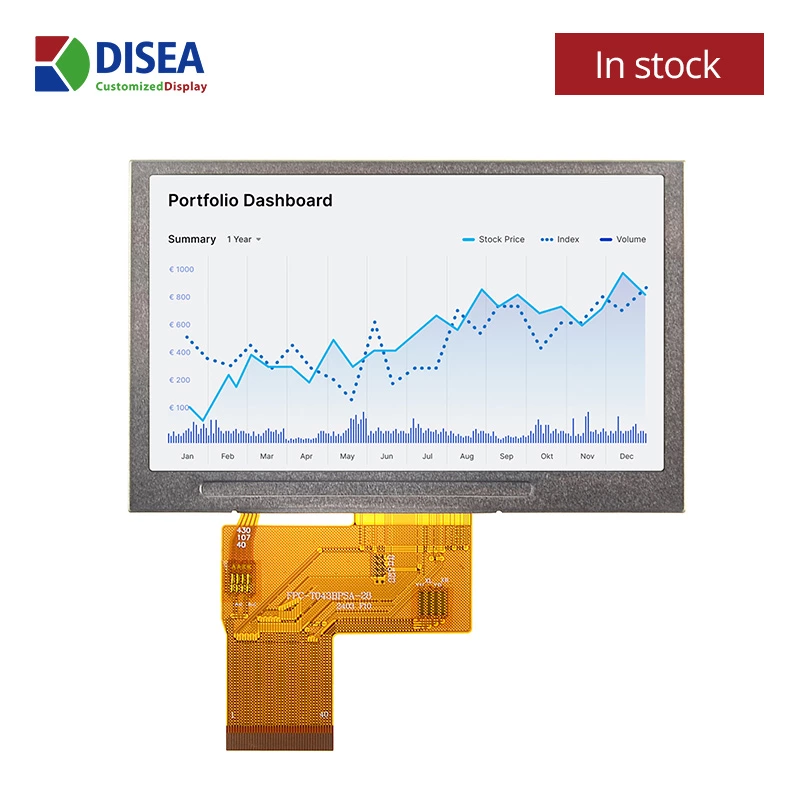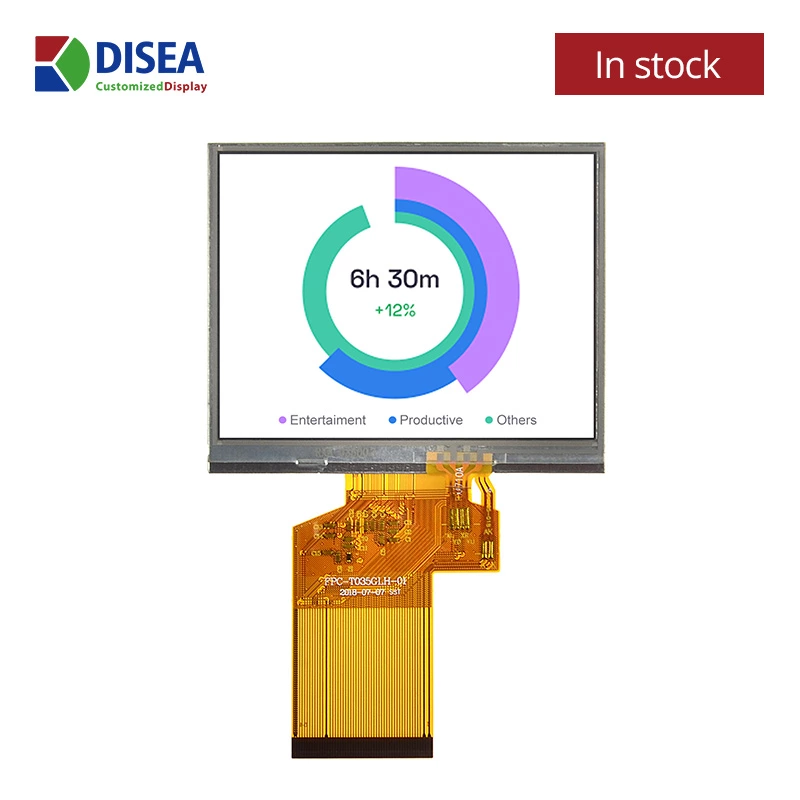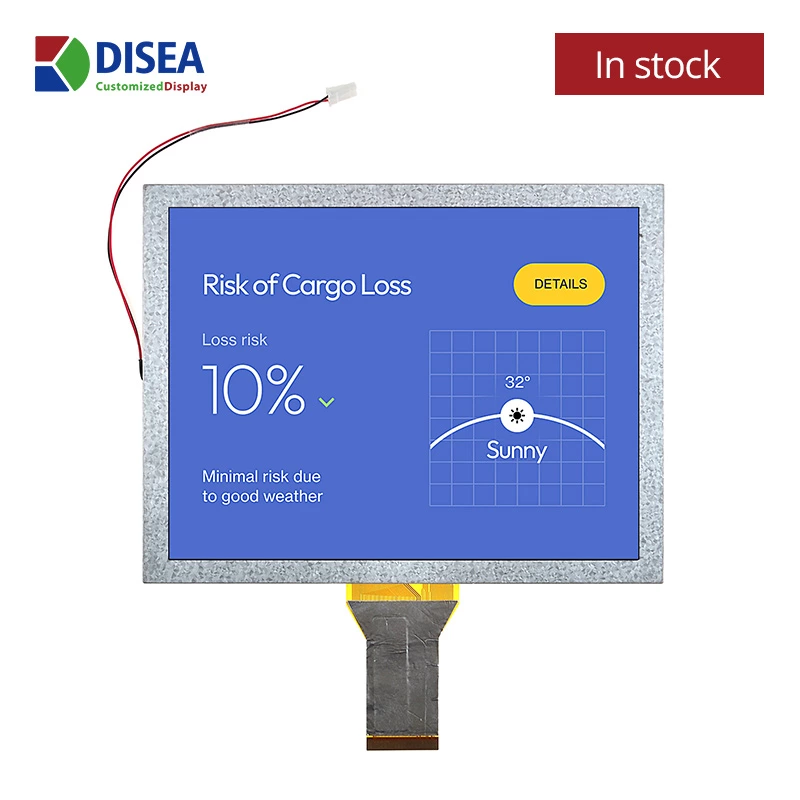Capacitive screen panel surface treatment
Anti-Glare (AG)
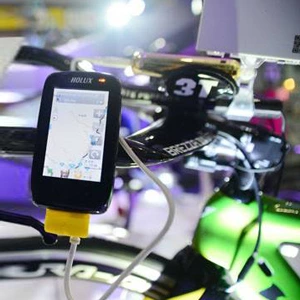
When surrounding glare makes display readability difficult, anti-glare (AG) coatings utilize diffusive properties to fragment the ambient light off the surface, using the concept of constructive interference of light. Diffusion works by scattering specular reflections into a wide viewing cone, making these undesirable reflected images and glare blurred to the eye.
AG coatings use either diffused particles or etching on the glass surface and can enhance viewing performance. Disea currently provides one standard types of AG coating, both with superior glare reduction for glass cover lens.
Anti-Reflection (AR)
Using the concept of destructive interference of light, anti-reflective (AR) coatings utilize stacking layers structure over the glass surfaces that vastly improve the efficiency of the optical performance by increasing transmission, enhancing contrast, and eliminating ghost images.
1. The transmission rate could reach up to 92% for single side one layer AR coating and 94% for double side two layers AR coating.
2. AR coating is vulnerable against finger prints, therefore extra layer of AF costing is always required.

Anti-Fingerprint (AF)
Anti-Fingerprint (AF) coating is using nano-scale material which has excellent water & oil repellency to make the glass surface having smooth touch, and prevent glass surface from contamination such as smudging or staining, making the glass surface extra slippery and easy to clean.
